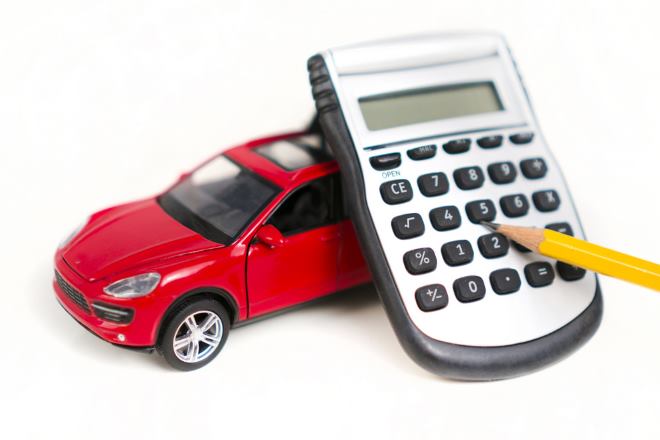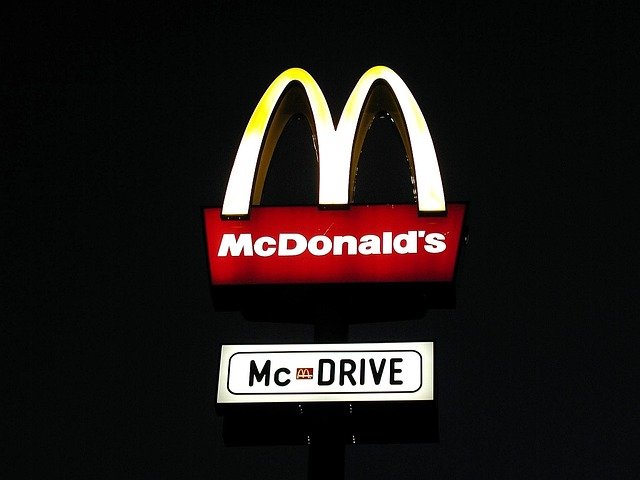New Car Monthly Payments 2025
Understand how new car monthly payments are built and see simple ways to reach a target monthly while staying realistic Learn the role of price down payment apr term taxes and fees and how credit tiers change the rate Compare finance and lease in plain language and learn what zero deposit and zero apr offers may require Use a quick checklist to compare deals by total amount payable and apr plus notes on insurance maintenance and fuel or charging Editorial guide only verify terms with your lender or dealer

What Are Installment Financing Basics for Vehicle Purchases?
Installment financing forms the foundation of most vehicle purchases, allowing buyers to spread the cost over predetermined periods. The annual percentage rate (APR) represents the true cost of borrowing, including interest and additional fees. Term lengths typically range from 36 to 84 months, with longer terms resulting in lower monthly payments but higher total interest costs. Financing fees often include origination charges, documentation fees, and sometimes early payment penalties. Understanding these components helps buyers calculate the true cost of their vehicle financing and compare offers from different lenders effectively.
How Do Zero Down Offers Work and What Are the Requirements?
Zero down payment offers eliminate the need for upfront cash but come with specific requirements and trade-offs. Lenders typically require excellent credit scores, stable employment history, and sufficient income to qualify for these programs. The trade-off involves higher monthly payments and increased total loan costs since the entire vehicle price plus taxes and fees get financed. Many zero down offers apply only to specific vehicle models or model years, and buyers may face higher interest rates compared to traditional financing with down payments.
Essential Pre-Purchase Inspection Checklist Items
A thorough pre-purchase inspection protects buyers from costly surprises after purchase. Rust inspection should focus on wheel wells, door frames, and undercarriage areas where corrosion commonly develops. Drivetrain evaluation includes testing the transmission, differential, and transfer case for unusual noises or performance issues. Brake system inspection covers pad thickness, rotor condition, and brake fluid quality. Electrical system checks encompass battery condition, alternator output, and proper functioning of lights, accessories, and electronic systems. Professional inspections typically cost between $100 and $200 but can identify problems worth thousands in potential repairs.
Understanding Title, Lien, and VIN Verification Process
Title verification confirms legal ownership and reveals any outstanding liens against the vehicle. A clear title indicates no financial obligations remain, while a lienholder title means the vehicle secures an existing loan. VIN checks through services like Carfax or AutoCheck reveal accident history, flood damage, and previous ownership details. These reports typically cost $25 to $40 per vehicle but provide valuable insights into the vehicle’s background. Buyers should verify that the VIN on the title matches the vehicle’s dashboard and door frame numbers to prevent fraud.
Dealer vs Private Sale Paperwork Requirements
Dealer transactions involve standardized paperwork including purchase agreements, financing contracts, and warranty documentation. Dealers handle title transfers, registration, and tax collection, simplifying the process for buyers. Private sales require buyers to manage title transfers, registration updates, and tax payments independently. Private purchases often involve bill of sale documents, odometer disclosure statements, and emissions certifications where required by state law. While private sales may offer lower prices, dealers provide additional consumer protections and streamlined administrative processes.
| Financing Option | Provider Type | Monthly Payment Range | Total Cost Impact |
|---|---|---|---|
| Traditional Auto Loan | Banks/Credit Unions | $300-$800 | Lowest total cost with down payment |
| Zero Down Financing | Dealership Finance | $400-$900 | Higher monthly payments, increased total cost |
| Lease Programs | Manufacturer Finance | $250-$600 | Lower payments, no ownership equity |
| Extended Term Loans | Various Lenders | $200-$500 | Lowest monthly payment, highest total interest |
Prices, rates, or cost estimates mentioned in this article are based on the latest available information but may change over time. Independent research is advised before making financial decisions.
Factors Affecting Monthly Payment Calculations
Several variables influence monthly payment amounts beyond the vehicle’s purchase price. Credit scores significantly impact interest rates, with excellent credit potentially saving thousands over the loan term. Down payment amounts directly reduce the financed amount and monthly obligations. Loan terms create an inverse relationship between payment duration and monthly amounts. Vehicle age and type affect both interest rates and available financing options, with newer vehicles typically qualifying for better rates.
Monthly payments in 2025 reflect current market conditions including interest rate environments, vehicle pricing trends, and lender competition. Buyers benefit from shopping multiple financing sources, understanding total cost implications, and conducting thorough vehicle inspections before committing to purchases. Proper documentation verification protects against fraud while ensuring clear ownership transfer, whether buying from dealers or private parties.




